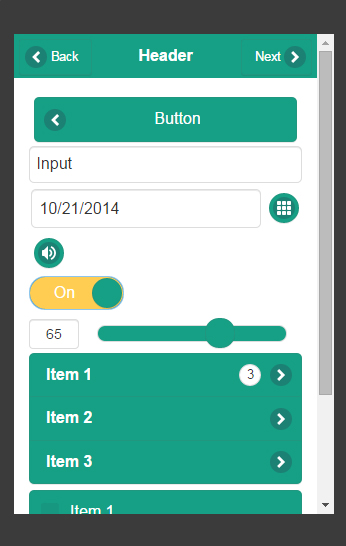Using the Google Maps API: Directions, Geolocation, Multiple Markers, and Layers
Adding a map to your mobile app can provide great value to users. Maps used together with a smartphone can solve a wide range of tasks, whether it’s a pizza delivery app, GPS navigation, or travel guide with attractions. One of the most popular online maps is Google Maps.
Appery.io provides a convenient way to work with Google Maps for mobile apps – a Google Map component with a set of configurable properties and a preinstalled marker. All you need to add the Google Map into your app is to drag and drop the component on the page. That’s all: Google Maps will be loaded when the page is displayed.









